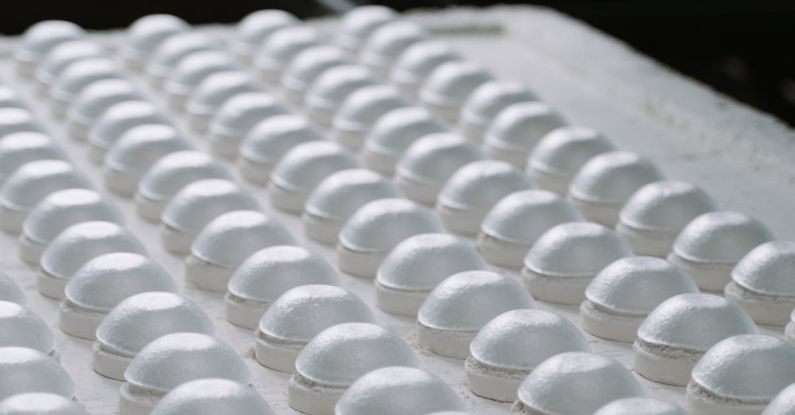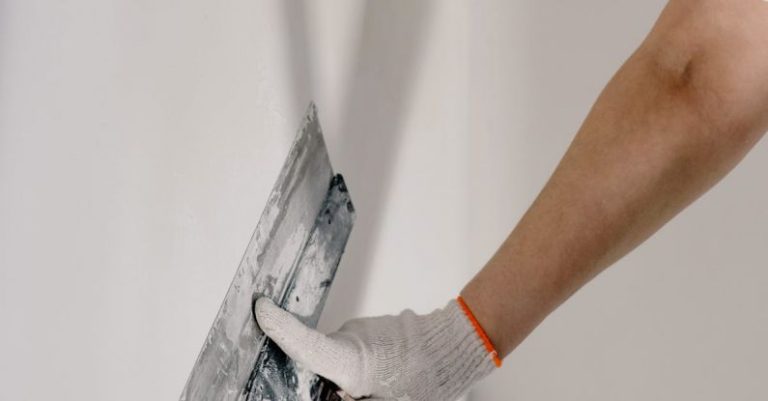Step-by-step Guide to Making Your Own Composite Countertops
Composite countertops are a popular choice for many homeowners due to their durability, versatility, and aesthetic appeal. If you are looking to upgrade your kitchen or bathroom with a unique and modern countertop, making your own composite countertop can be a rewarding DIY project. By following a step-by-step guide, you can create a custom countertop that fits your space and style perfectly. In this article, we will walk you through the process of making your own composite countertops, from selecting materials to finishing touches.
Choosing the Right Materials
The first step in making your own composite countertops is selecting the right materials. Composite countertops are typically made from a mixture of resin and various aggregates, such as recycled glass, quartz, or granite. When choosing materials, consider the color, pattern, and texture that will best complement your space. You can purchase a countertop mix kit from a hardware store or online retailer, or gather individual materials to create your own custom blend.
Preparing the Workspace
Before you begin the countertop-making process, it is important to prepare your workspace. Clear off a large, flat surface where you can mix and pour the composite materials. Make sure the area is well-ventilated and protected from dust and debris. Cover the surface with a drop cloth or plastic sheeting to prevent any spills or messes.
Mixing the Composite Materials
Once you have gathered your materials and prepared your workspace, it’s time to mix the composite materials. Follow the instructions provided with your countertop mix kit or recipe to ensure the proper ratio of resin to aggregates. Use a large bucket or mixing container to combine the materials thoroughly. Stir the mixture until it reaches a smooth, uniform consistency.
Pouring and Leveling the Countertop
After the composite materials are mixed, it’s time to pour them onto the prepared surface to create your countertop. Slowly pour the mixture onto the surface, spreading it out evenly with a trowel or spatula. Use a level to ensure the countertop is flat and even. Work quickly to smooth out any bumps or imperfections before the mixture begins to set.
Adding Decorative Elements
To customize your composite countertop, consider adding decorative elements such as colored glass, shells, or metal flakes. Sprinkle these elements onto the surface of the countertop while the mixture is still wet, then use a trowel to gently press them into place. Experiment with different combinations and patterns to create a unique and eye-catching design.
Curing and Finishing the Countertop
Allow the composite countertop to cure according to the manufacturer’s instructions. This process typically takes several hours to overnight, depending on the type of resin used. Once the countertop is fully cured, sand the surface to smooth out any rough spots or uneven areas. Apply a sealant or topcoat to protect the countertop from stains, scratches, and heat damage.
Maintaining Your Composite Countertop
To keep your composite countertop looking its best, it is important to properly maintain and care for it. Clean the surface regularly with a mild soap and water solution, avoiding harsh chemicals or abrasive cleaners. Use cutting boards and trivets to protect the countertop from scratches and heat damage. With proper care, your composite countertop can provide years of beauty and functionality in your home.
In conclusion, making your own composite countertops can be a fun and rewarding project that allows you to create a custom, high-quality surface for your kitchen or bathroom. By following this step-by-step guide and using the right materials and techniques, you can achieve professional-looking results that will enhance the look and value of your space. Get creative, experiment with different colors and textures, and enjoy the process of making your own composite countertops.






